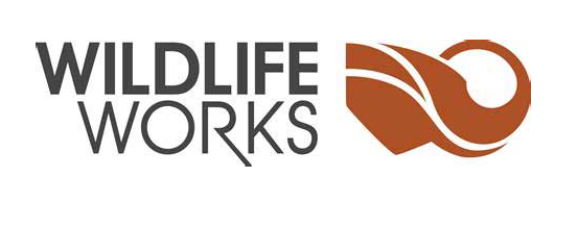Kasigau Wildlife Corridor
The Kasigau Corridor project results in the avoidance of over 1.5 million tonnes of CO2 equivalent emissions per year. Kasigau covers over 500,000 acres of highly threatened Kenyan forest, securing the entire wildlife migration corridor between Tsavo East and Tsavo West National Parks and protecting hundreds of native and endangered species while bringing the benefits of direct carbon financing to more than 100,000 people in the surrounding communities. This project was awarded the additional distinction of Gold level status by the CCB for exceptional biodiversity and climate benefits
Social and Sustainability Benefits
























Verification standard
Developed By
The Big Picture
We’ve lost around 40% of the world’s forests. Every second an area the size of a football pitch is destroyed. Every year, we lose 15 million hectares/150,000 km2 of forest land - 1 billion tons of carbon released into the atmosphere, the single largest contributor of human-caused greenhouse gases. Land use change, including deforestation and degradation accounts for 12-29% of global greenhouse gas emissions. Developing countries are at particular risk for loss of primary forest and its biodiversity. Throughout Africa communities and the wildlife are in conflict; livestock, poaching, charcoal... wild areas rapidly becoming depleted of vegetation and wildlife resulting in drought-prone barren lands. Reducing emissions through conservation, sustainable management of forests and improving forest carbon stocks is considered essential to achieve the objectives of the UNFCCC. Regenerating indigenous plants and trees is the most effective way to ensure a resistant, biodiverse ecosystem that heals soils and draws down more carbon.
How It Works
As plants and trees grow, they absorb and store the carbon dioxide emissions that are driving global warming. New research estimates that a worldwide planting program could remove two-thirds of all the emissions from human activities that remain in the atmosphere today. Regenerating indigenous plants and trees is the most effective way to ensure resistant ecosystems that secure watersheds, protect soils and nurture biodiversity.
The Project
The Kasigau Corridor project results in the avoidance of over 1.5 million tonnes of CO2-e emissions per year. Kasigau covers over 500,000 acres of highly threatened Kenyan forest, securing the entire wildlife migration corridor between Tsavo East and Tsavo West National Parks and protecting hundreds of native and endangered species while bringing the benefits of direct carbon financing to more than 100,000 people in the surrounding communities. This project was awarded the additional distinction of Gold level status by the CCB for exceptional biodiversity and climate benefits. The project area is home to over 50 species of large mammals, more than 20 species of bats and over 300 species of birds and important populations of IUCN Red List species such as; Grevy's Zebra, Cheetah, Lion, African Wild Dog as well as over 2,000 African elephants.






